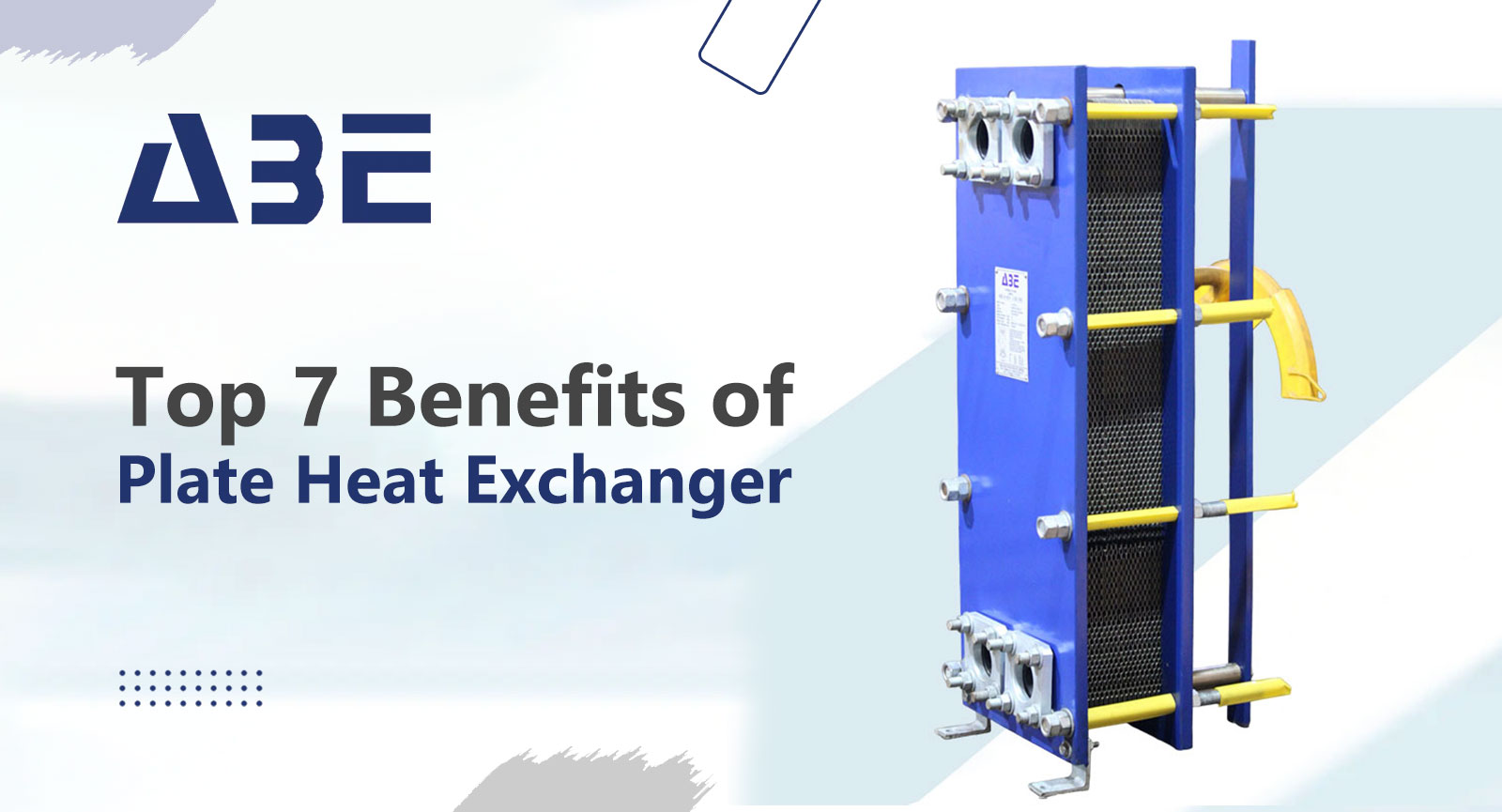
How often do you think about the influence of heating and cooling solutions on your industrial operations? If you are always looking for ways to improve efficiency and minimize downtime, plate heat exchangers are the solution. They are adaptable, functioning in a variety of sectors such as chemical, petrochemical, power generation, and maritime to control temperatures – whether cooling water or processing fluids in your facility or heating it.
Here are the top seven benefits plate heat exchangers add to your procedures:
Easy Maintenance
Plate heat exchangers are much easier to work with. They can be easily opened, cleaned, and reassembled without any hassle. This means you’ll spend less time on maintenance and more time keeping your operations working properly. It’s a sensible, no-nonsense option that keeps you from experiencing unneeded downtime.
Increased efficiency, reduced space
Plate heat exchangers are true game changers due to their superior heat transfer efficiency. They work consistently under a variety of situations and maintain process uptime. Furthermore, they are efficient and save space. You receive the same (or superior) heat transfer capability in a smaller size, ideal for compact situations.
Designed for durability
Safety and dependability are not optional features with PHEs; they are built in. This improves not just the efficiency of your operations, but also their safety and dependability. PHEs are designed to resist extreme circumstances. And, this results in minimum leaks and operational faults. These plate heat exchangers are also known for their strong construction and ability to retain performance over time.
Adaptable capability to dynamic needs
The modular design of plate heat exchangers stands out. Want to increase capacity? Simply add extra plates. Do you need to dial it back? Remove a few. Traditional shell and tube exchangers simply do not provide this amount of flexibility. This is the reason PHEs are an excellent alternative for industrial situations with fluctuating demands.
Energy efficiency
Plate heat exchangers provide a solution that improves both the environment and the bottom line by maximizing heat transmission and lowering energy input requirements for the process.
In other words, their design and functioning result in lesser heat loss, which immediately translates into energy savings.
The most cost-effective alternative
Plate heat exchangers frequently outperform shell and tube heat exchangers in terms of cost, particularly over time. This equation is heavily influenced by the materials used to construct your heat exchanger. The materials required for your procedure might vary greatly depending on the fluids involved.
Less fouling
Less fouling equals fewer clean-ups, which reduces downtime, maintenance costs, and overall TCO. PHEs provide a smoother, smarter solution to regulate heat exchange which keeps your operations lean and efficient.
The route to enhancing your industrial cooling and heating operations does not stop here. What’s the next step? Learning how to strike a balance between budget and performance while selecting heat exchangers. This blog will walk you through the decision-making process, helping you strike the perfect balance between investment and operational excellence.

Abe & Hex India
Since 2009, ABE & HEX has been manufacturing premium quality heat exchangers. We fabricate high-grade products to meet different industrial requirements.
